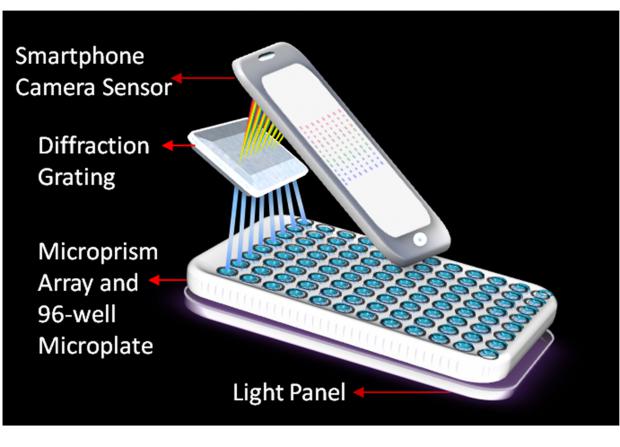
Breaking News
 Is $140K the New Poverty Line? Is This the End of America's Middle Class?
Is $140K the New Poverty Line? Is This the End of America's Middle Class?
 Here Are the NEWLY RELEASED Epstein Images Tied to Powerful Democrats
Here Are the NEWLY RELEASED Epstein Images Tied to Powerful Democrats
 Joe Biden Still Struggling to Raise Money for Presidential Library – No New Donations...
Joe Biden Still Struggling to Raise Money for Presidential Library – No New Donations...
 Regenerative Farming Just Went Mainstream; Here's Why It Matters
Regenerative Farming Just Went Mainstream; Here's Why It Matters
Top Tech News
 This tiny dev board is packed with features for ambitious makers
This tiny dev board is packed with features for ambitious makers
 Scientists Discover Gel to Regrow Tooth Enamel
Scientists Discover Gel to Regrow Tooth Enamel
 Vitamin C and Dandelion Root Killing Cancer Cells -- as Former CDC Director Calls for COVID-19...
Vitamin C and Dandelion Root Killing Cancer Cells -- as Former CDC Director Calls for COVID-19...
 Galactic Brain: US firm plans space-based data centers, power grid to challenge China
Galactic Brain: US firm plans space-based data centers, power grid to challenge China
 A microbial cleanup for glyphosate just earned a patent. Here's why that matters
A microbial cleanup for glyphosate just earned a patent. Here's why that matters
 Japan Breaks Internet Speed Record with 5 Million Times Faster Data Transfer
Japan Breaks Internet Speed Record with 5 Million Times Faster Data Transfer
 Advanced Propulsion Resources Part 1 of 2
Advanced Propulsion Resources Part 1 of 2
 PulsarFusion a forward-thinking UK aerospace company, is pushing the boundaries of space travel...
PulsarFusion a forward-thinking UK aerospace company, is pushing the boundaries of space travel...
 Dinky little laser box throws big-screen entertainment from inches away
Dinky little laser box throws big-screen entertainment from inches away
 'World's first' sodium-ion flashlight shines bright even at -40 ºF
'World's first' sodium-ion flashlight shines bright even at -40 ºF
Diagnostic device uses smartphone to check almost 100 samples at once

Most such devices, however, can only analyze individual samples. By contrast, a new one can check 96 samples for diseases, all at one time.
Known as the mReader, the portable device was designed by a Washington State University team led by assistant professor Lei Li, working in collaboration with the University of Pennsylvania's associate professor Ping Wang.
It contains 96 sample wells, each one of which can be loaded with fluid samples from individual patients. Users add a reagent to those samples, causing them to change to a specific color if a target biomarker is present. A smartphone mounted on the device then takes a photo of all the samples, with a computer program subsequently analyzing the color of the samples in that photo, determining if each patient is infected with the malady in question – the program can identify 12 common viral and bacterial infectious diseases.



